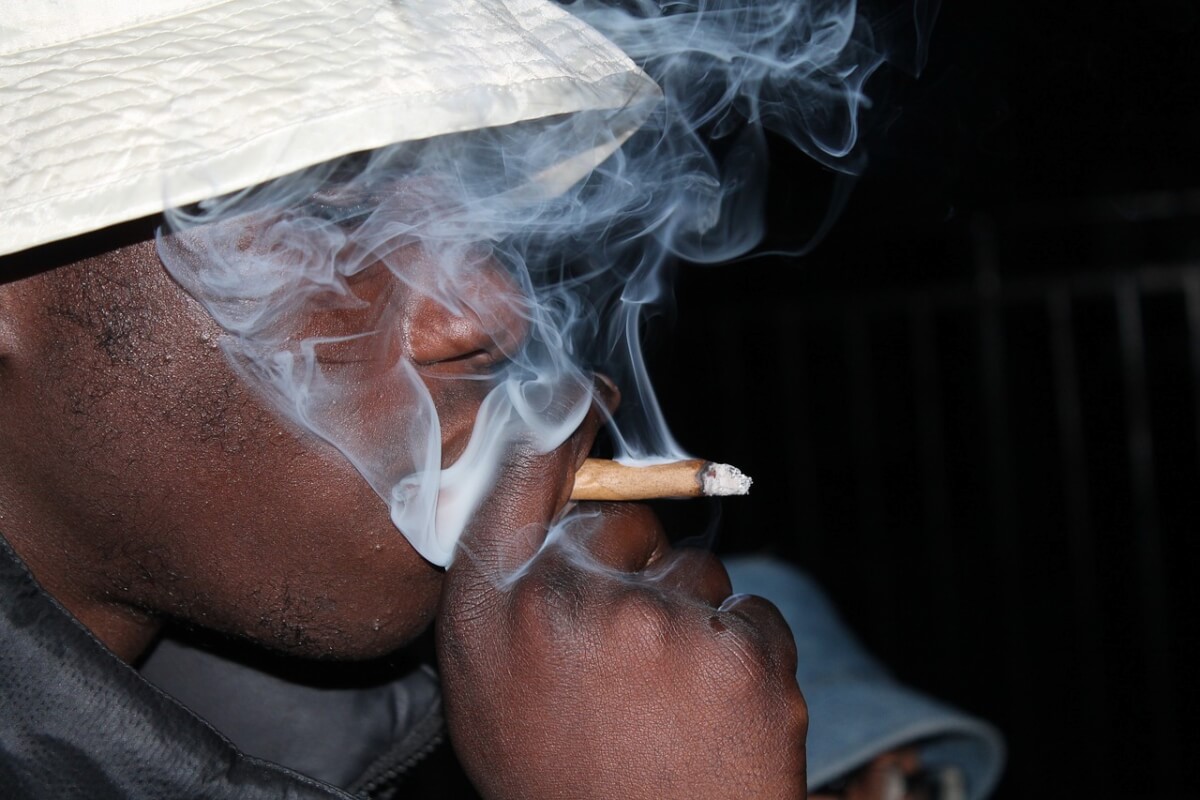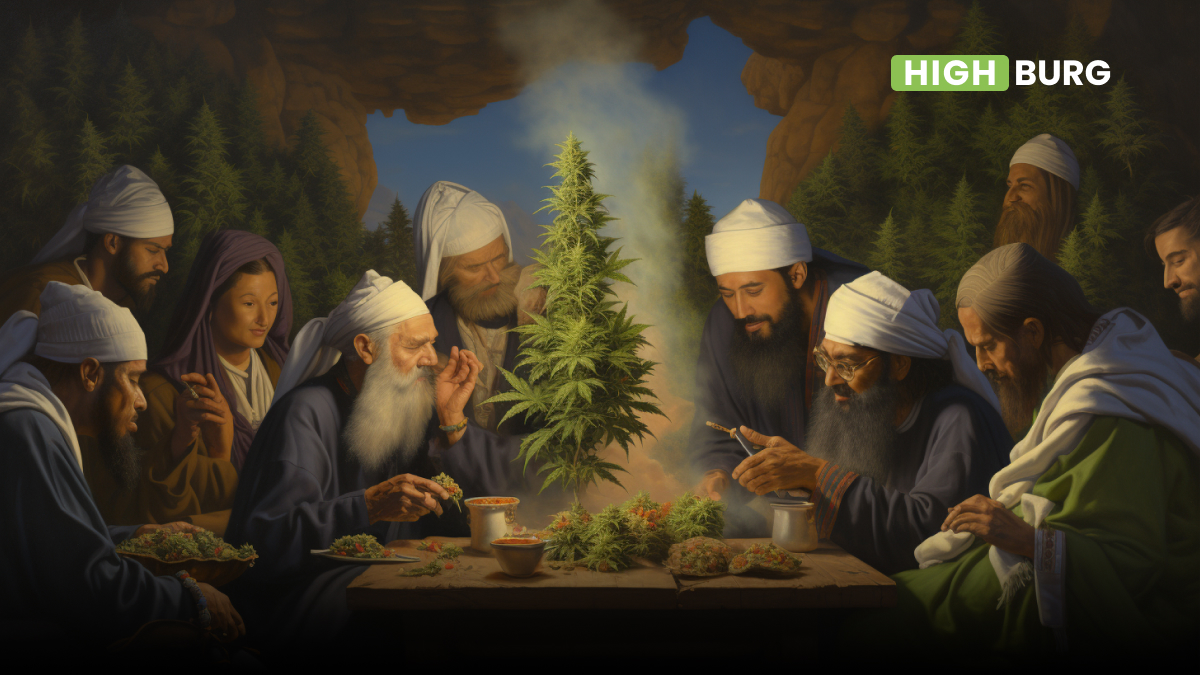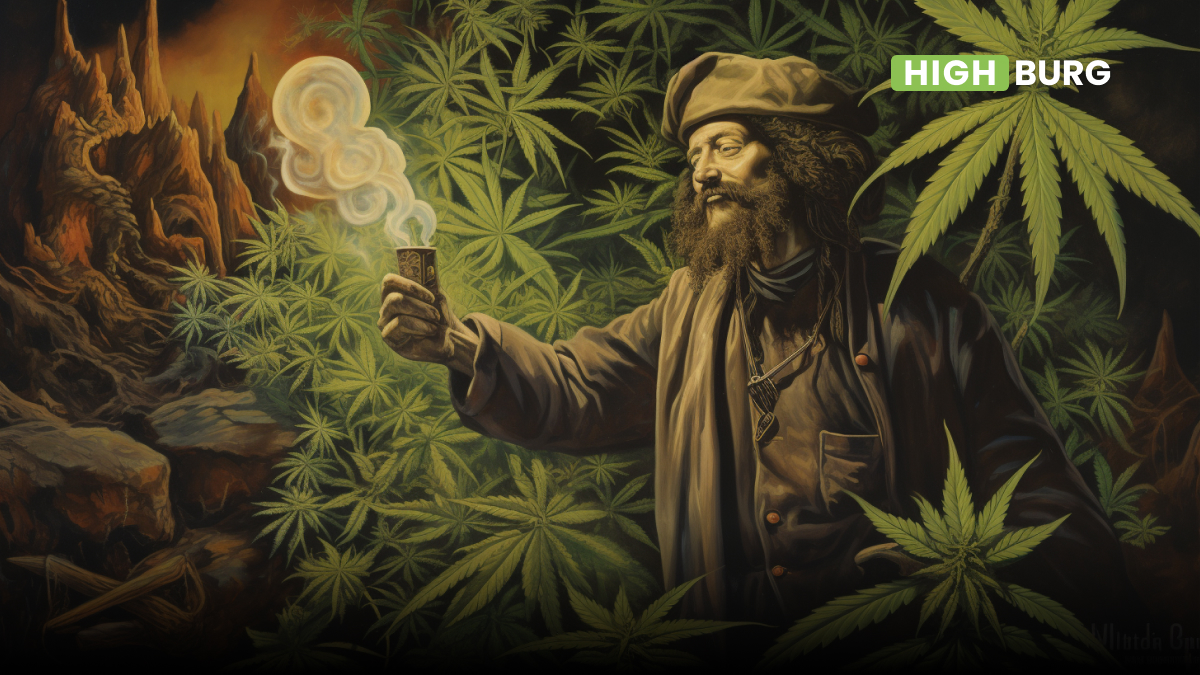It’s hard to imagine a world without highways, shopping centers, and weed dispensaries. But this was the reality in North America many years ago. Since marijuana is natural, it isn’t a stretch to wonder if some of the first Americans smoked it. After all, isn’t it the Native Americans who first showed early settlers pipes and tobacco? It sure was, but it turns out that the European settlers also had their own smoking products to share.
In the 16th century, European colonists began importing cannabis and hemp from Africa and Asia. It wasn’t long until these same colonists exposed North Americans to smoking marijuana. They weren’t alone. Much of the world’s early populations smoked weed!
How Did Colonists Get Weed Here?
According to academic consensus, cannabis originated in Asia. Since its discovery, marijuana and hemp plants have spread worldwide over thousands of years. University of Kansas’ Professor Barney Warf has studied cannabis’s journey and diffusion alongside global influences.
Warf has identified Southern Asia as marijuana’s birthplace. Most likely, it was somewhere along the Huang He River valley or the Hindu Kush mountains that cannabis plants first popped up some 12,000 years ago. Early Chinese civilizations have documented marijuana plants in paintings and pottery since 6,200 BC. Evidence of cannabis has also been discovered in Pazaryk burials from 3000 BC.
There are countless examples of cannabis use scattered through ancient history. We now have insight into how it has disseminated through different cultures. Beginning in 2000 BC, cannabis began to appear in Korean and Japanese cultures. As immigration to Europe and the Middle East began, these cultures brought marijuana with them. South Asia was also introduced to the plants around the same time. India adopted marijuana for religious and medical purposes.

Soon enough, Middle Eastern merchants began trading with Africa, Egypt, and Ethiopia. These populations were introduced to a variety of new goods including marijuana. By the time the Portuguese immigrated, its use was widespread. Some of the Portuguese involved in the slave trade bought and sold cannabis-using African slaves. These individuals spread marijuana use amongst themselves and to other areas of the world. Slave cultures in Brazil, the Amazon, Caribbean and South America were exposed to and adopted marijuana use. Traffickers encouraged marijuana consumption because of its uplifting properties and sedative potential. Essentially, slave owners viewed the substance as a way of controlling the masses of slaves.
Next, Eastern European Nomadic tribes carried cannabis to Germany. It is speculated that soon after Western European countries like Britain and France were introduced to cannabis. Eventually, North America was to follow. Colonial settlers and the slave trade soon discovered what is now Canada and the United States, bringing cannabis plants to the areas. Here, smoking weed recreationally began. The use of pipes in North American Indian cultures was a huge contributor to the recreational use of marijuana today.
Although British colonists introduced cannabis to North America, it was the North American Indians that reintroduced it as a recreational drug. Before recreational use, Britain viewed hemp as a profit yielding plant. The British economy capitalized on its profitability. Queen Elizabeth even ordered landowners with over 60 acres to grow hemp plants.
Did Everyone Embrace Cannabis Culture?
In North America, there are 573 recognized Indian Nations. Each of these Nations has a distinct set of cultures, beliefs, and languages. Individual tribes, communities, bands, and villages also have their own distinct cultures. These differences also included different attitudes toward cannabis. Unfortunately, our understanding of Native American history has been shaped by the opinions and relationships of the United States government and European colonists with these nations. As a result, we don’t have a true understanding of Native American history.
We do know that cannabis was not adopted as eagerly by every individual tribe and community. This makes sense because weed still isn’t accepted by all modern communities. Individuals even feel differently about it in a family setting. But yes, to answer your question, many Native Americans did smoke weed.
For modern Native American Nations, cannabis provides some friction. Right now, the United States government provides native communities with funding. But, marijuana is still mostly illegal in the US. So, even if you’re a Native American whose culture has used cannabis throughout history, its use has risks today. Especially when it comes to federal funding.
Some Native American Nations have experienced the consequences first hand. Miranda Gottlieb’s report “Cannabis and The Easter Cherokee Nation: The Challenge, Barriers and Prospects” explains how the US’s Drug Enforcement Agent (DEA) treats tribes in a discriminatory way. In the last 5 years, over 30,000 hemp plants were seized by the DEA even when Native American Nations were operating within current legislation.
There are still a variety of cultures and governing bodies that don’t like marijuana. Despite evidence of its beneficial properties and medical applications, it is not yet widely adopted. But, advocates shouldn’t lose hope. Attitudes and opinions about cannabis have evolved throughout history and they will continue to do so.


